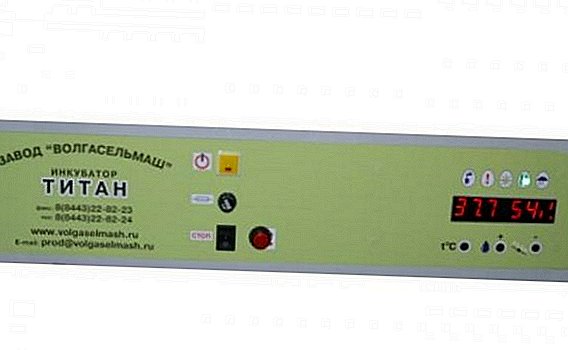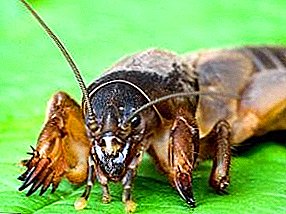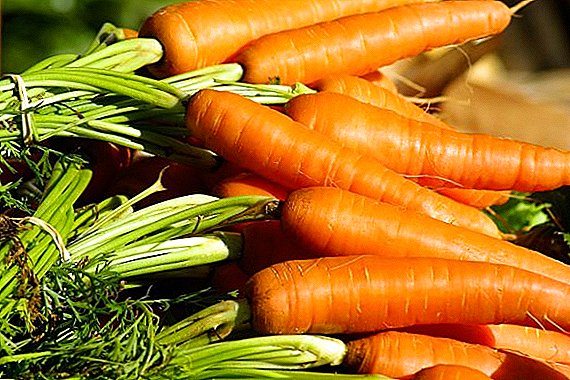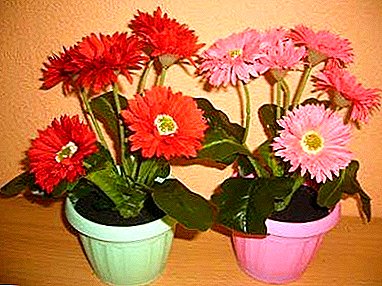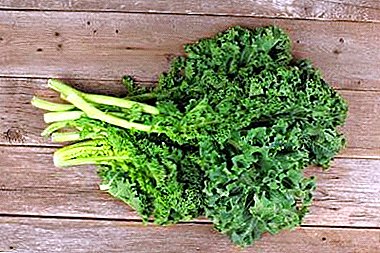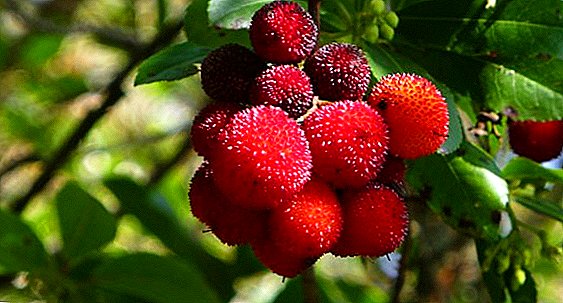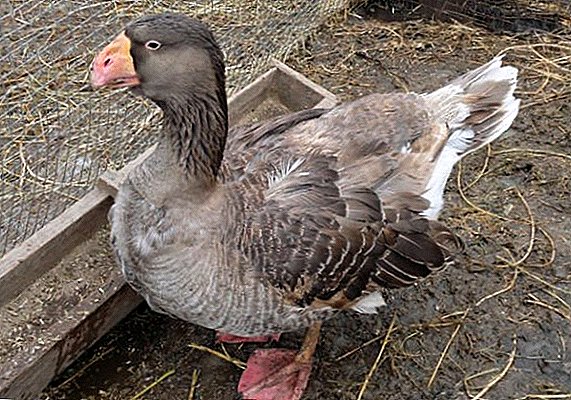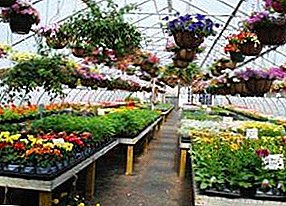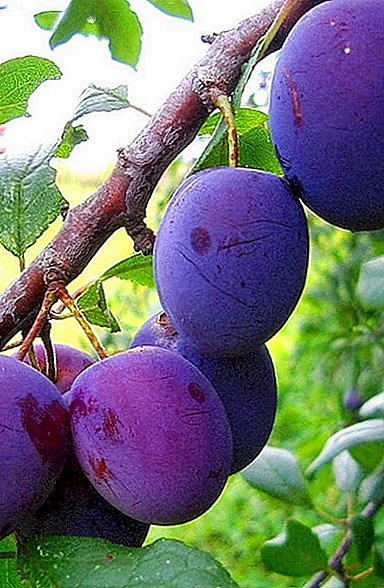 Buying landMany people want to acquire not only a garden, but also a garden. About what vegetables to grow in the garden, often questions arise, but pick up seedlings for the garden a little more difficult. Experienced gardeners are advised to take into account the yield and winter hardiness of selected fruit crops. From plums a very good choice will be a variety called "Eurasia".
Buying landMany people want to acquire not only a garden, but also a garden. About what vegetables to grow in the garden, often questions arise, but pick up seedlings for the garden a little more difficult. Experienced gardeners are advised to take into account the yield and winter hardiness of selected fruit crops. From plums a very good choice will be a variety called "Eurasia".
History of plum "Eurasia"
This variety of plum has been known since 1986, since its entry into the State Register of the Central Chernozem District. The variety appeared in Voronezh, in GAU by random hybridization of the variety "Lacrescent", produced by A. N. Venyaminov and A. G. Turovtsev.
Description of the characteristics of the plum "Eurasia"
"Eurasia" - a kind of early home plum variety, the fruits of which are sown by early August. Tree, roots and buds of flowers tolerate frost well.
You will also need the rules for the care of peach, kobeya, ipomoea, laurel, veneer shoes, euonymus.
Tree description
An important point characteristics plum "Eurasia" is that its height can be up to 6 m. The tree has a medium density crown and has a semi-sprawling volume.
The color of the bark is brown with a shade of gray. The leaves are medium in size, oblong with pointed edges, having small notches. The foliage is dark green, hard to touch. During flowering, small flowers cover the tree in large quantities. 
Fruit Description
Fruit "Eurasia" burgundy fruits of considerable size weighing about 30 g. Soft friable pulp of yellow color with an orange tinge, sweet to taste with sour. The fruit has a pronounced smell. A bone that has an average size is not easy to separate from the pulp.
Did you know? Installed during the flowering plum "Eurasia" rainy and cold weather will lead to lower yields.
Pros and cons varieties
Plum "Eurasia" has a good yield, and the fruits of this variety can be obtained already in the fifth year after planting. Other advantages of "Eurasia" include:
- under favorable conditions, you can get about 50 kg from one plum;
- good cold tolerance by tree, flower buds and roots;
- good disease and insect resistance;
- large fruits;
- fruits can be stored for a long time.
- dimensions of the tree;
- mature fruits do not last long on the branches and quickly begin to fall off;
- in a drought, the skin on the plum cracks;
- during transportation most of the fruits spoil;
- low pulp density.

Pollination of plum varieties "Eurasia"
Plum "Eurasia" in the description of the variety has one important detail - the pollen of this plant is self-infertile, that is, cross-pollination with other varieties is necessary. For these purposes, suitable types of plums such as Memory of Timiryazev, Mayak, Renklod Collective Farm, Golden Fleece, Volga Beauty. You can also use special mixtures of pollen.
How to choose plum saplings when buying
To purchase the best seedlings, it is better to go to the nursery or to the profile shop. Planting material is better to buy grown in the area in which it will be planted. On the health of the seedlings say such him visual characteristics:
- you can see the area where the vaccine was given;
- bark, twigs and roots are in integrity;
- powerful roots about 10 cm.
You will be interested to learn the rules about planting plants such as jasmine, cotoneaster, Turkish carnation, young, barberry, lupine.
The rules of planting plums "Eurasia"
To obtain a good harvest should follow the rules of planting varieties:
- plenty of sunshine;
- the presence of a number of trees suitable for the role of pollinators for plum "Eurasia";
- land on high ground.

Timing and site selection
Favorable time for planting an Eurasia plum sapling is the beginning of spring, when snow has already melted. Suitable soil is medium loamy or clayey, which has neutral acidity. The fulfillment of the latter condition is important for obtaining a bountiful harvest.
The tree of "Eurasia" grows high, so the place for its planting should be chosen with minimal wind impact, so that it does not damage long branches.
Preparatory procedures before landing
The place for future planting of a seedling is prepared in the autumn, for this purpose a hole is dug into the ground about 85 cm deep, about 75 cm in diameter. It is advisable to fertilize it with organic and mineral substances.
In the spring, gardeners recommend adding additional fertilizer: compost, carbamide, and ashes. 
The process of planting plum seedlings
Immediately before planting, the seedling should be placed in water or garden talker. Green leaves to be eliminated. Landing technology:
- In the area harvested in advance, dig a hole in a circle twice the size of the seedling's roots. Depth should be about 0.5 m.
- Loosen the bottom of the soil, cover the eggshells and make a small elevation out of the ground.
- In the middle, place a stake of wood.
- Insert planting material into the recess so that the root neck is 5 cm higher than the ground.
- At the roots to fill the ground, gradually priminaya it. Barrel and wooden stake to tie a suitable material.
- Make a hole with a diameter of about 0.5 m and pour in 3 buckets of water.
- Mulch with peat or wood shavings.
Important! If you plan to plant more than one tree, it is important to place them at a safe distance from each other. Between seedlings should be left at 3 m, and between rows of 4.5 m.
Rules for seasonal plum care
The quality of the plum crop is determined by the literacy of the planting and the timely care of the tree. “Eurasia” needs to be fed, watered, correctly cut, protected from diseases and insects. 
Soil care
Plum is very sensitive to the amount of moisture and fertilizer in the soil, so these points should be controlled very carefully.
After planting, trees need 35 liters of water every 10 days. An adult tree is enough to water 2 times a month for 60 liters. After each procedure, it is necessary to loosen the soil. To establish a rational frequency of irrigation, we must take into account the weather and precipitation.
Important! The fact that the plum does not have enough moisture will be indicated by cracked fruits. And on its excess will say yellowed leaves and dead tops.
Fertilization
In the first year the sapling does not need additional nutrients, and in the future it cannot grow into a healthy fruit-bearing tree without them. For constant feeding you will need nitrogen fertilizers. For the fall of suitable phosphate or potassium supplements. Before carrying out top dressing, the soil needs to be loosened. The first time they apply fertilizer before the flowering period, the next - in early June, the final - at the end of summer. 
Formative, sanitary and rejuvenating pruning
Due to the growth rate of the branches of the Eurasia plum variety in the first two years of cultivation, pruning is shown to her three times in 12 months. Then only in the fall and spring.  Here is the basic information about this procedure.:
Here is the basic information about this procedure.:
- First pruning spend in September and leave 2/3 of the length of the main trunk to grow lateral shoots and formed the crown. In addition, all other shoots are shortened, leaving 1/3 of the length.
- Watching the growth of the tree, you need to focus on the fact that its branches should have a distance of about 20 cm between them and be directed in different directions.
- Summer pruning carried out in June and does not affect the main trunk. During this procedure, side shoots are shortened by about 20 cm.
- AT autumn and winter the period is eliminated by branches with a long life span, or on which the disease develops or insects live, as well as with any other injuries.
Prevention and protection against diseases and pests
To prevent damage to the tree due to illness or insects, you should periodically take preventive measures:
- In the autumn months to dig up the soil near the trunk.
- Loosen and weed the earth.
- To trim in time so that the crown does not become too thick.
- After the fruits and leaves fall off, remove and burn them in a timely manner.
- According to the instructions, treat with such drugs: urea solution, Bordeaux liquid, Actellic, copper oxychloride.
- To frighten rodents around the trunk pour ashes, peat chips, sawdust, previously soaked in kerosene.
- carbamide solution;
- Bordeaux fluid solution;
- "Malathion";
- "Spark";
- "Fitosporin".
For pest control in the garden you will be helped by the following preparations: “Strobe”, “Fundazol”, “Alirin B”, “Korado”, “Ridomil Gold”, “Skor”, “Kvadris”, “Inta-vir”, “Abigag Peak, Alatar.It is also necessary to get rid of the affected areas of plants and fruits.

Preparing for the winter
Garden trees have been pleasing us for years and for this to take place as long as possible, our task is to take care of them all year round. Winter hardiness of the Eurasia plum variety is one of its features, however in the autumn period it is important to make proper preparation for wintering. For this:
- Remove dead bark and overgrown moss.
- Similar actions to produce and with the basics of skeletal branches.
- Peeling areas whiten. For this, a preparation is prepared from: water, copper sulfate, lime or chalk, and wood glue.
- At the end of the procedure, the tree should be covered with paper or burlap.

Harvesting and storage
Four years after planting, it is already possible to feast on a delicious plum of the Eurasia variety, when it is ripe in early August. In the first three years, you can wait for about 30 kg of fruit from each tree, and in subsequent periods - up to 50, and in some cases up to 100 kg.
Important! In order to keep plums longer, experienced gardeners advise to harvest 7 days before their full maturity.
Baskets or boxes are suitable for fruit storage. The temperature should be kept in the room from 0 to 1 degree, and the humidity should be 80%. Eurasia plums can be eaten fresh, make prunes, jams, jams, and juices.


